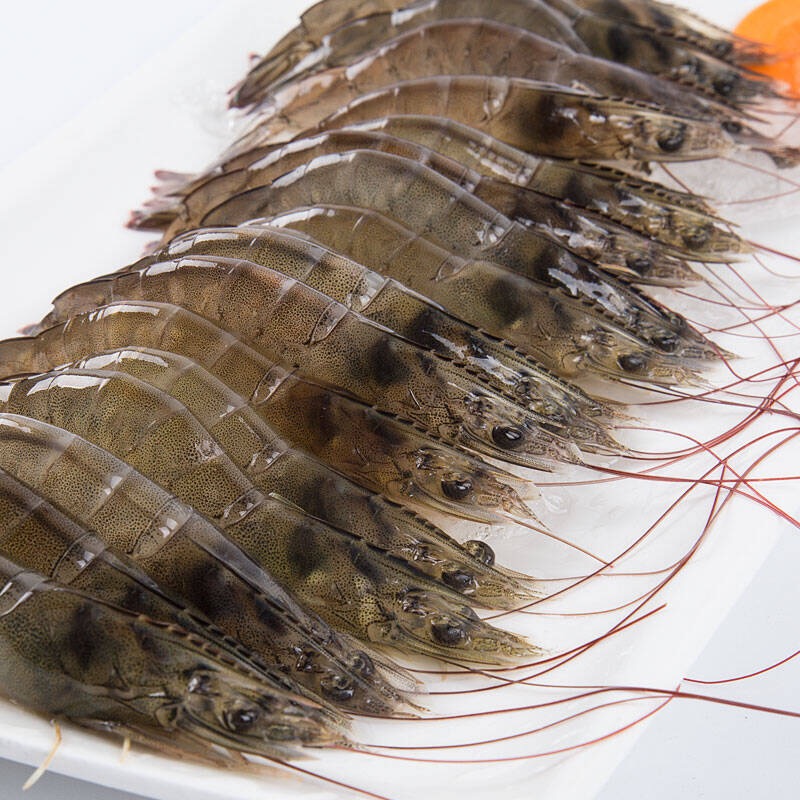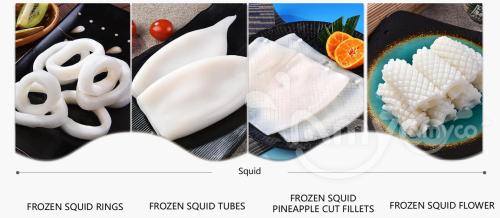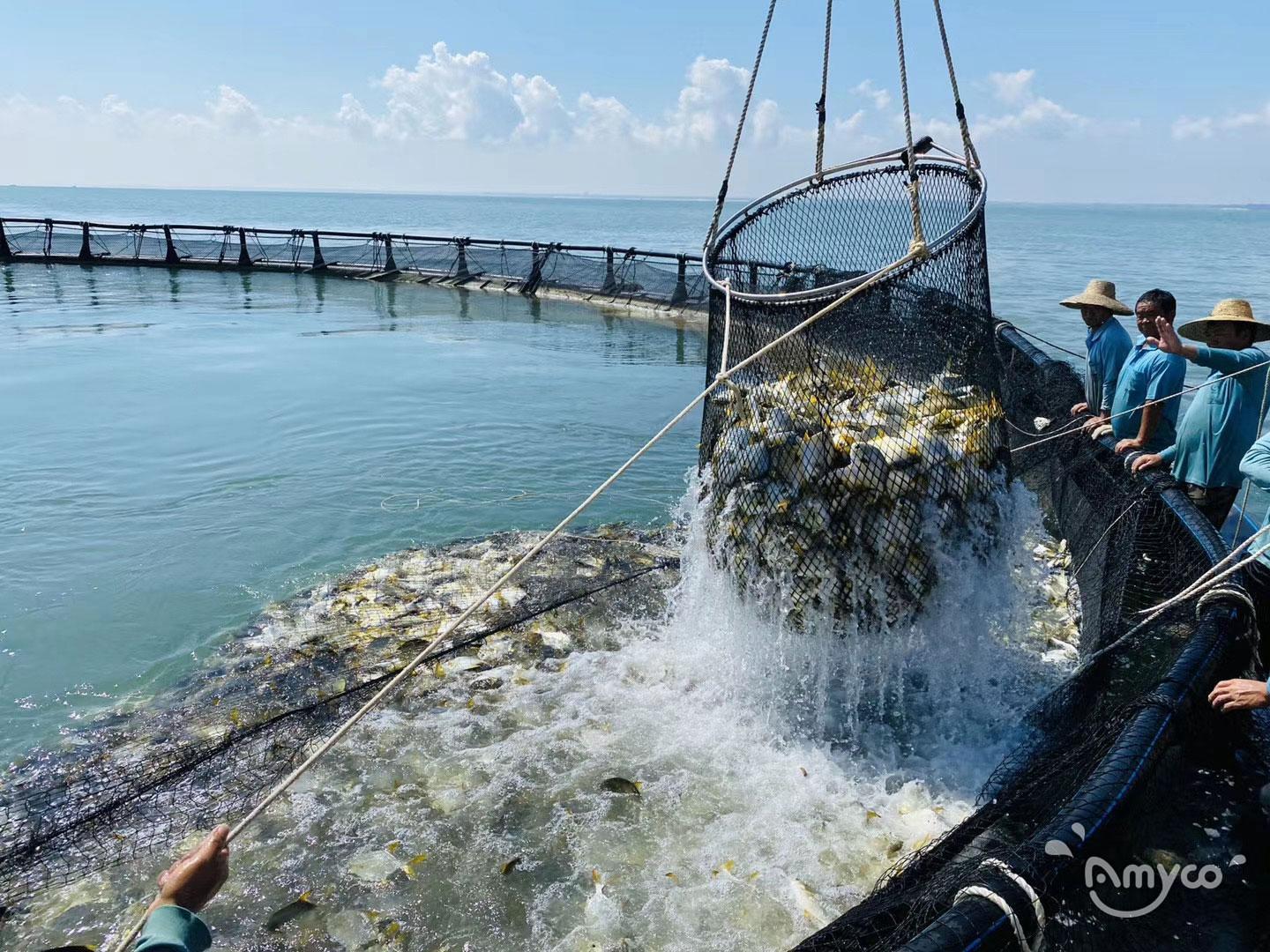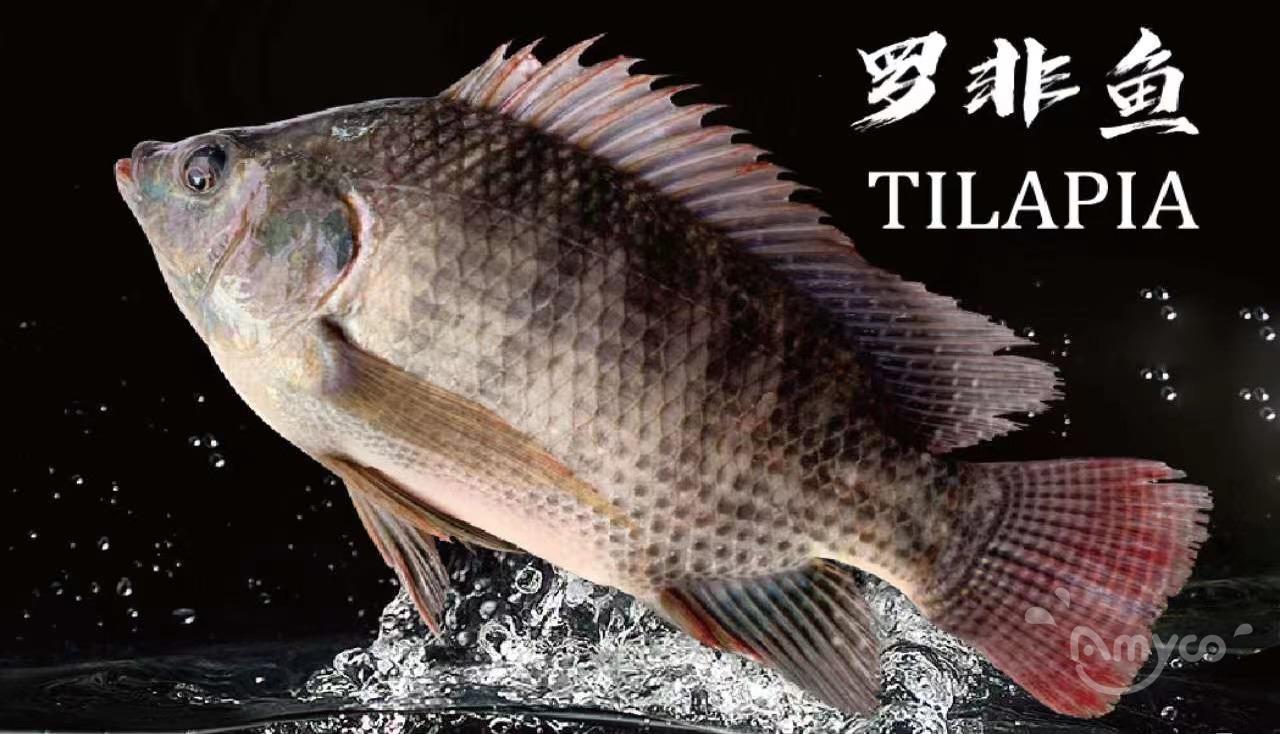Tariff benefits lead to another slight increase in tilapia price
On August 12, 2025, China and the United States issued the "Joint Statement of the China-US Stockholm Economic and Trade Talks." The US pledged to continue adjusting its tariff increases on Chinese goods (including goods from the Hong Kong and Macao Special Administrative Regions) and to suspend the implementation of the 24% reciprocal tariff for 90 days starting August 12. China, in turn, will continue to suspend the implementation of the 24% tariff increase and related non-tariff countermeasures against the US for 90 days starting August 12.
After two months of falling prices, tilapia prices are finally seeing some relief. In early August, prices in fish ponds across Guangdong, Hainan, and Guangxi rebounded slightly by 0.05-0.3 yuan /500g . The industry sees this rise as a "Emotional dividend" stemming from the temporary pause in US-China tariff negotiations. Despite this, the current market conditions are still not good news for fish farmers.

It is currently a period when new fish are sold on the market in large quantities. The supply side is under great pressure, but the consumption side has not warmed up at the same time - the fish fillet factories are suppressing prices, domestic sales are weak, and orders from the US and Europe are fluctuating. The combination of multiple factors has resulted in the word "price increase" not having value.
Industry insiders warn that July and August remain peak seasons for fish, and supply pressures remain difficult to alleviate in the short term. Despite the temporary suspension of tariffs in the US market, export orders have yet to surge. Farmers are advised not to blindly follow price fluctuations but instead to release fish in batches based on their pond size and financial pressures, effectively cutting losses. They should also monitor the stocking density of fish fry in autumn to avoid another round of concentrated market fluctuations.
Reference : SEAFOOD GUIDE





